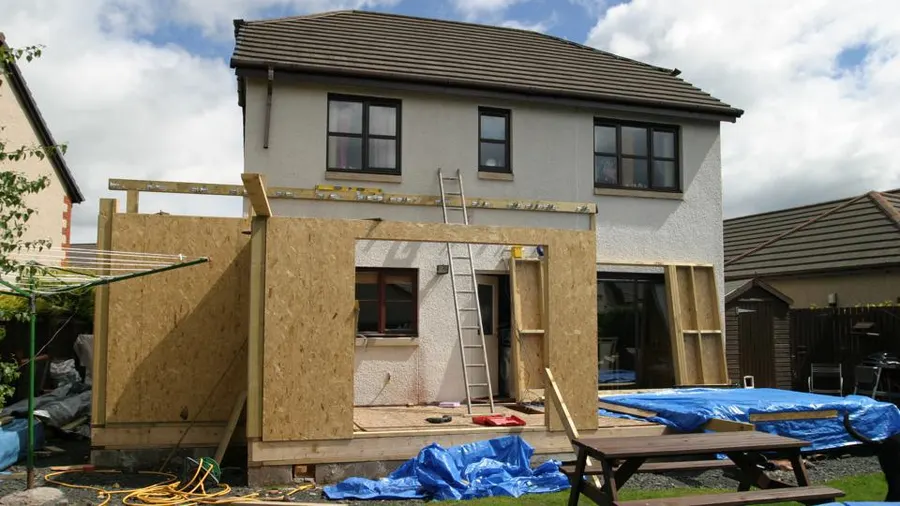Adding a new space to your home can be an exciting journey, one that adds significant value and functionality to your existing living environment. Whether it’s accommodating a growing family, creating a workspace, or simply enhancing your living area, a home addition can transform your property. In this comprehensive guide, we’ll walk you through every step of planning and executing a home addition, ensuring you’re well-informed and prepared for this big undertaking.
Initial Considerations for a Home Addition
Assessing Your Needs vs. Wants
Before diving into the world of home additions, it’s crucial to distinguish between what you need and what you want. Needs might include additional bedrooms for a growing family, while wants could be as luxurious as a sunroom or a home theater. This clarity will guide your planning and budgeting process.
Understanding Zoning Laws and Regulations
Each locality has its own set of zoning laws and building regulations that can significantly affect your home addition plans. Understanding these early on will help you determine what’s feasible in terms of structure size and placement on your property.
Setting a Realistic Budget
The budget for your home addition is pivotal. It should account for everything from architectural services and construction costs to interior decoration and unforeseen expenses. Setting a realistic budget from the outset will help you manage your expectations and financial planning.
Types of Home Additions
Vertical vs. Horizontal Additions
Deciding whether to build up or out is a major decision in the home addition process. Vertical additions add a new story to your home, which might save yard space, while horizontal additions expand your home’s footprint. Each option has its benefits and constraints, depending on your property’s layout and zoning laws.
Common Types of Room Additions
Common additions include bedrooms, bathrooms, and extended living rooms. Each type serves a specific purpose and adds a different value to your home. Bedrooms and bathrooms, for example, can significantly increase a home’s market value.
Special Purpose Additions
For those working from home or needing extra space for hobbies, special-purpose additions like home offices, gyms, or art studios can be ideal. These tailored spaces can enhance your lifestyle and the functionality of your home.
Designing Your Home Addition
Hiring the Right Architect or Designer
A skilled architect or designer can make all the difference in your home addition project. They can not only bring your vision to life but also ensure that the new addition blends seamlessly with your existing home structure.
Integrating the Addition with Your Current Home Style
It’s important that your home addition doesn’t look or feel out of place. The new section should complement the original structure, maintaining a unified aesthetic both inside and out.
Energy Efficiency and Sustainability Considerations
Incorporating energy-efficient designs and sustainable materials can reduce future operating costs and impact on the environment. Features like solar panels, energy-efficient windows, and sustainable insulation materials are worth considering.
The Planning Stage
Creating Detailed Plans and 3D Models
Detailed blueprints and 3D models allow you to visualize the home addition before construction begins. These tools help in making informed decisions about space layout, design features, and more.
Choosing Materials and Fixtures
Selecting the right materials and fixtures can influence both the appearance and durability of your home addition. Whether you opt for luxury finishes or more modest fittings, these choices will define the look and feel of your new space.
Planning for Disruption During Construction
Home addition projects can be disruptive. Planning for disruptions in terms of noise, dust, and privacy loss will help you and your family adapt to the temporary changes during the construction phase.
Getting the Necessary Permits
Navigating Local Building Codes
Local building codes are designed to ensure safety and compliance. Navigating these codes is necessary for legal and practical reasons, and your contractor or architect can assist in this process.
The Permit Application Process
Securing the necessary permits can be a complex and time-consuming process. Understanding what documents and plans you need to submit will streamline this stage, reducing delays.
Handling Inspections During the Project
Regular inspections by local authorities ensure that the home addition adheres to legal and safety standards. Preparing for these inspections and addressing any issues promptly is crucial for keeping the project on track.
Hiring Contractors
How to Choose the Right Contractor
Choosing a contractor with experience in home additions is critical. Look for reputable professionals with positive reviews and a portfolio of completed projects.
Understanding Contracts and Payments
A clear contract outlining the scope of work, payment schedule, and timelines is essential to avoid disputes. Ensure everything is in writing and clearly understood by both parties.
Communication Tips with Your Contractor
Effective communication with your contractor can prevent many problems. Regular updates, meetings, and being clear about your expectations will help maintain a smooth workflow and relationship.
Managing Your Home Addition Project
Timeline Management
Effective timeline management ensures that your home addition project stays on track. Regular check-ins and adaptability to handle unforeseen delays are important.
Budget Management
Keeping a close eye on your budget throughout the project is necessary to prevent overspending. Maintain a contingency fund for unexpected costs to manage financial stress better.
Dealing with Unexpected Issues
Unexpected issues are common in construction. Whether it’s material shortages, labor delays, or design changes, being prepared to handle these challenges calmly and effectively is important.
Interior Design and Decoration
Design Tips for a Cohesive Look
Ensuring a cohesive look involves selecting colors, materials, and designs that complement the existing parts of your home. Consistency in design elements helps in achieving a unified aesthetic.
Choosing Furniture and Decor
Selecting furniture and decor that fit the scale and style of your new space is crucial. These elements should enhance the functionality and appearance of your home addition.
Smart Home Technology Integration
Integrating smart home technology can enhance the convenience and efficiency of your new space. Consider smart lighting, thermostats, and security systems for a modern touch.
The Final Touches
Final Inspections and Approvals
Ensuring that everything is up to code and obtaining final approvals is the last step before you can fully enjoy your new home addition. This stage verifies that the work was done correctly and is safe to use.
Addressing Punch List Items
A punch list includes last-minute fixes and adjustments post-construction. Completing these ensures that every detail meets your standards.
Celebrating Your New Space
Once all the hard work is done, it’s time to celebrate and enjoy your new home addition. This space, tailored to your needs and desires, is ready for you to make new memories in.
Cost Analysis of Home Additions
Average Costs and ROI
Understanding the average costs involved and the potential return on investment (ROI) can help in planning your budget and expectations. Home additions can be a significant financial undertaking, but they often increase the overall value of your property.
How to Save Money on Your Home Addition
There are ways to save money without compromising on quality. Opting for cost-effective materials, doing some of the work yourself, and thoroughly planning to avoid changes mid-project can reduce costs.
Financing Options for Home Additions
Exploring various financing options, such as home equity loans, personal loans, or refinancing, can provide the necessary funds to bring your project to life.
Potential Pitfalls and How to Avoid Them
Common Mistakes in Home Additions
Common mistakes include underestimating costs, neglecting to vet contractors thoroughly, and inadequate planning. Being aware of these can help you avoid them.
How to Handle Delays and Overruns
Delays and cost overruns can be frustrating. Having a flexible timeline and budget can alleviate some of the stress associated with these issues.
Dealing with Contractor Issues
If issues arise with your contractor, addressing them directly and professionally is crucial. If necessary, do not hesitate to seek legal advice to resolve disputes.
Frequently Asked Questions (FAQs)
1. How much does a home addition cost?
Answer: The cost of a home addition varies widely based on factors such as size, materials, and location. On average, homeowners might spend anywhere from $80 to $200 per square foot. It’s best to get a detailed estimate from a contractor based on your specific project.
2. How long does it take to complete a home addition?
Answer: The duration of a home addition project can vary significantly depending on the complexity and size of the addition. Simple room additions might take a few months, while more complex expansions could take up to a year or more. Planning, permits, and material availability also play a role in timing.
3. Do I need a permit for a home addition?
Answer: Yes, in most cases, you will need a permit for a home addition. This ensures that the construction complies with local building codes, zoning laws, and safety regulations. Check with your local building authority for specific requirements.
4. How do I choose the right contractor for my home addition?
Answer: Choose a contractor who has experience with home additions and comes with strong references. It’s important to review their previous work, verify their licensing and insurance, and discuss your project in detail before hiring.
5. Will a home addition add value to my house?
Answer: Generally, a well-designed and constructed home addition can increase the value of your house, especially if it adds sought-after features like additional bedrooms or bathrooms. However, the return on investment can vary based on market conditions and the quality of the addition.
6. How can I ensure my home addition matches the existing structure?
Answer: Work with your architect or designer to choose materials and design elements that complement your existing home. Pay attention to details like roofing, siding, and windows to create a seamless extension of your home.
7. What are some common mistakes to avoid in a home addition?
Answer: Common mistakes include underestimating costs, neglecting to check zoning restrictions, poor design choices, and not planning for adequate HVAC, electrical, and plumbing needs. Avoid these by thorough planning and consulting with professionals.
8. How can I finance my home addition?
Answer: Homeowners commonly finance home additions through a home equity loan, a home equity line of credit (HELOC), or a personal loan. Some may opt for refinancing their mortgage. Choose the option that best fits your financial situation.
9. What should I do if my home addition project goes over budget?
Answer: Plan for a contingency fund of at least 10-20% of the total project cost to cover unexpected expenses. If the project still goes over budget, prioritize essential tasks and consider scaling back on finishes or other non-essential elements.
10. Are there energy-efficient options for home additions?
Answer: Yes, consider incorporating energy-efficient windows, insulation, and HVAC systems in your design. Using sustainable materials can also contribute to the energy efficiency of your home addition.
Conclusion
Planning and executing a home addition is no small feat. It requires careful thought, detailed planning, and active management. However, with the right approach, your home addition project can be a rewarding endeavor that enhances your living space and increases your home’s value. We hope this guide empowers you to approach your home addition project with confidence.

